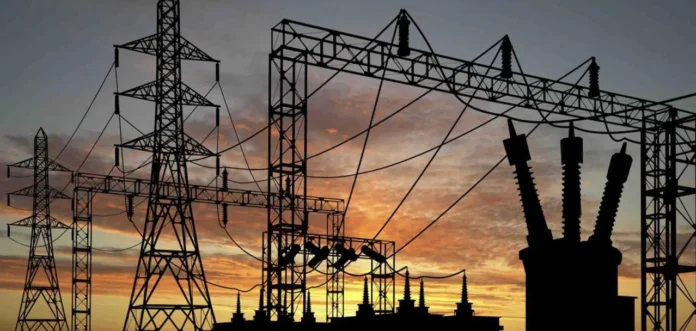A recent 2025 World Bank report reveals a stark reality: Nigeria currently holds the unfortunate distinction of having the largest number of people without access to electricity worldwide, totaling 86.8 million individuals. This marks the third consecutive year that Nigeria has occupied this lowest global position, highlighting a persistent and critical energy challenge.
The report, titled “Tracking Sustainable Development Goal, SDG7: The energy progress report 2025” and covering data from 2023, paints a grim picture for global electricity access, particularly in Sub-Saharan Africa. It notes that among the top 20 countries with the weakest access rates, an alarming 18 are from Sub-Saharan Africa.
The Scale of Nigeria’s Challenge
According to the World Bank’s findings, in 2023, only 61 percent of the Nigerian population had access to electricity, and a mere 26 percent had access to clean cooking energy. This significant gap underscores the profound impact on daily life, health, and economic development for millions of Nigerians.
The report explicitly states: “In 2023, the 20 countries with the largest electricity access deficits accounted for 76 percent of the global total, up from 75 percent in 2022. Once again, 18 of these countries are in Sub-Saharan Africa.” It further emphasizes, “For the third consecutive edition of this report, Nigeria (86.8 million), the Democratic Republic of Congo (79.6 million), and Ethiopia (56.4 million) topped the list, together accounting for roughly a third of the entire global access deficit.”
Countries with the absolute lowest national access rates include South Sudan (5 percent), followed by Chad and Burundi (both at 12 percent), all of which have shown minimal annual increases in access since 2010.
Sub-Saharan Africa’s Persistent Gap and SDG7 Outlook
While Sub-Saharan Africa saw 35 million people gain access to electricity in 2023, population growth in the same period was 30 million. This means the net electricity access gap for the region only narrowed by a meager 5 million, moving from 570 million in 2022 to 565 million in 2023. Consequently, the region now accounts for a staggering 85 percent of the global population without electricity, a significant increase from 50 percent in 2010.
Looking ahead to SDG7 targets for 2030 (Sustainable Development Goal 7, which aims to ensure access to affordable, reliable, sustainable, and modern energy for all), the World Bank acknowledges global progress. Since 2010, the number of people without electricity access worldwide has been reduced by 665 million, with 21 countries achieving near-universal access.
However, the International Energy Agency (IEA) projects that 645 million people will still lack access by 2030, even with current policies. This highlights that while progress is being made, significant efforts are still required, particularly in regions like Nigeria and the broader Sub-Saharan Africa, to truly achieve universal energy access.


